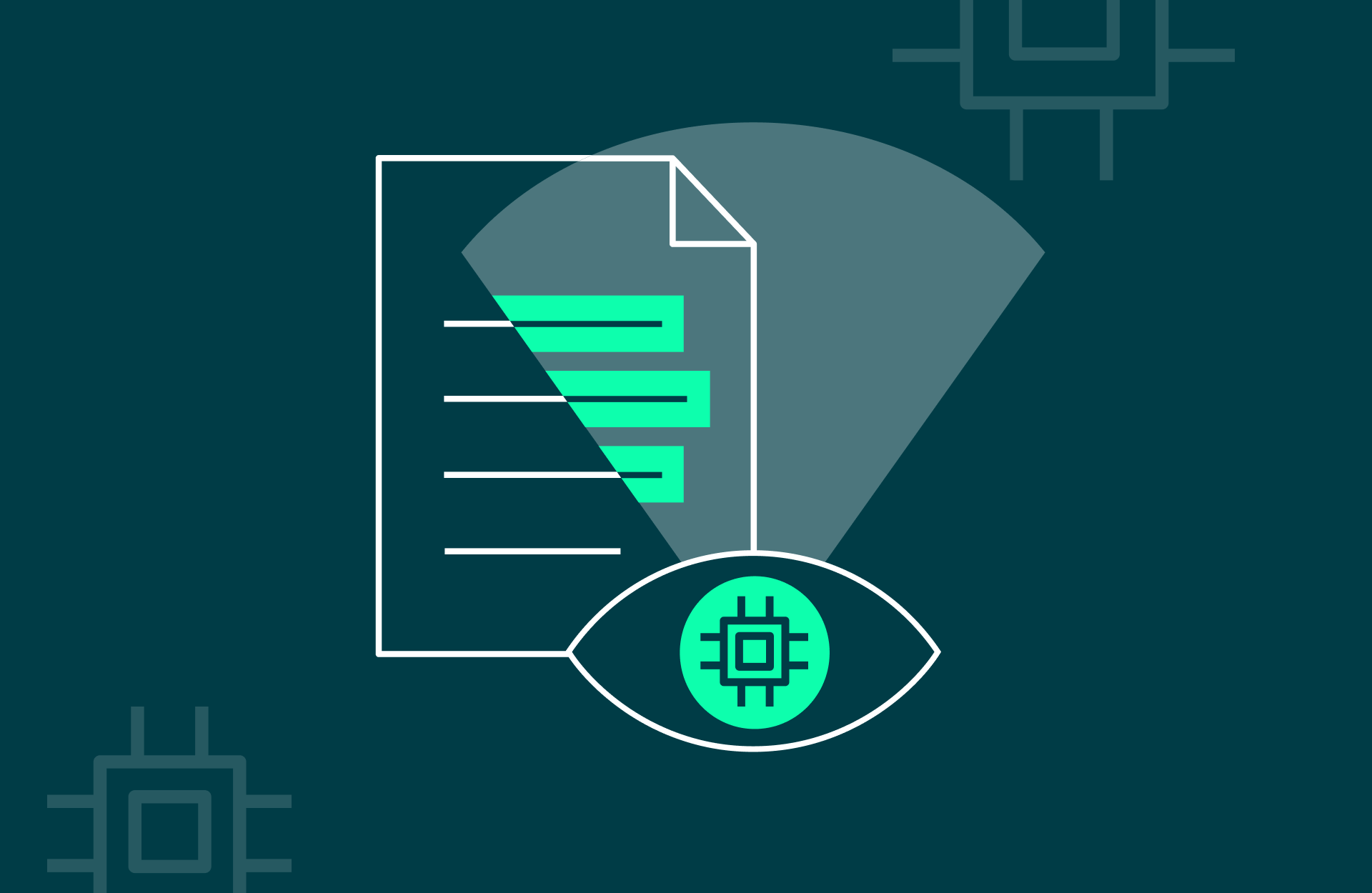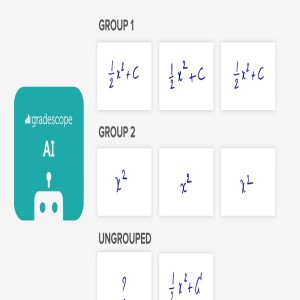In a previous blog , we explored the ways in which our Similarity Index is not, in fact, a plagiarism index. Instead, it is a far greater tool meant to support student learning outcomes, offering objective data that educators can use in their workflow to inform their comprehensive teaching of–and students’ understanding of–academic integrity. Turnitin’s tools as a whole are designed to provide context and information to instructors and administrators so that they can make better, more informed decisions.
There is a significant distinction between academic integrity and plagiarism . In fact, in a world where the rapid development of Artificial Intelligence (AI) tools is blurring the very lines we use to define original work, it is crucial that we underscore the importance of academic integrity and discern how AI will play a role in education technology, innovation, and yes, plagiarism in the years to come.
The world is more connected than ever, but there are times where truth can feel more ephemeral than ever. Ten years ago, human-like AI paraphrasing services didn’t exist, and neither did third-party contract writing and question-answering services. In the past 24 months, we’ve seen the emergence of powerful AI architectures that can convey remarkable levels of understanding and intuition through the generation and manipulation of writing and images. Crucially, these technologies exist not as research curiosities, but as commercially viable products that are already being used by the general public. These technologies mean that the academic integrity decisions instructors and administrators have relied on Turnitin to help them make are suddenly orders of magnitude more complex. Ten years ago, we were playing checkers; today, we’re playing 15-dimensional chess.
These technologies also present enormous opportunities to revolutionize the experience of teaching, grading, and providing feedback. AI can help instructors write better comments faster, provide more targeted and personalized feedback, and give students earlier insight into areas where they might need help.
The question we’re wrestling with is how do we take all of this change, all of these opportunities and challenges, and turn it into a set of products, features, and services that help educators do what they do best? We want to make sure that our products and services help educators focus on the things that matter most to them and their students. We want to make sure that our products and services help educators save time, provide better feedback, and help students learn more.
This is a difficult question, but we’re up for the challenge. We’re continuing to invest in our team of data scientists, engineers, and product managers who are building the next generation of Turnitin products and features. We’re also continuing to invest in our team of researchers who are constantly looking for new ways to help educators foster academic integrity and improve student learning. We’re excited about the future and we hope you are too.
And if not? Well, AI is here and ubiquitous whether we are ready or not. In fact, everything you read in bold after the phrase “These technologies also present enormous opportunities…” until the beginning of this paragraph was written by AI. It took me the better part of an hour to manually plan out and write the first section of this post and the AI (GPT-3 in this case) wrote the rest in about 2 seconds.
It’s clear that AI will be a huge part of Turnitin’s technological future. However, we must always remember that AIs are tools—complex ones, granted—but not altogether different from hammers or screwdrivers. We believe that when used well, AIs can do enormous good, at scales that were once unimaginable, and in many blogs to come, we’ll discuss the myriad ways we’re leveraging these technologies to help students and educators improve learning outcomes all around the world.






